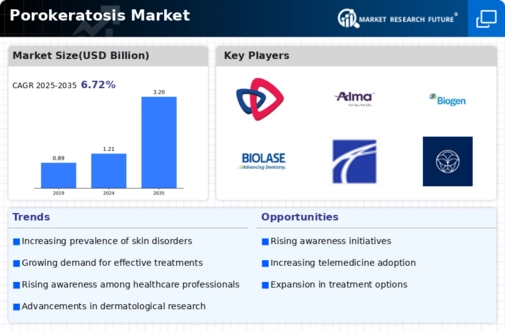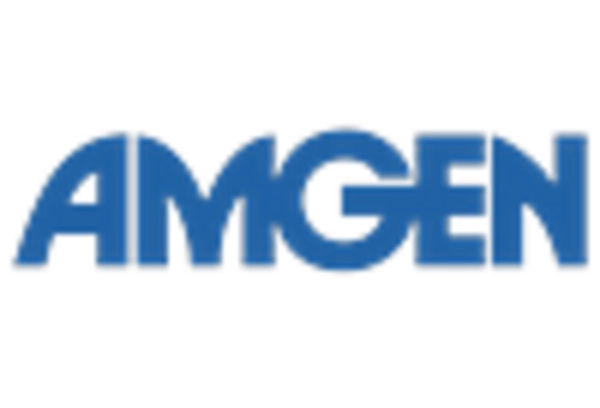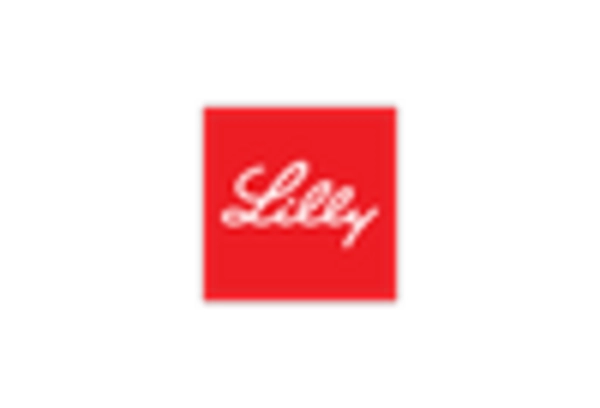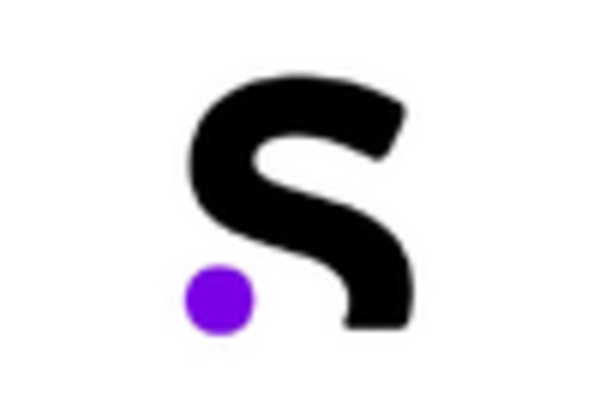Market Analysis
In-depth Analysis of Porokeratosis Market Industry Landscape
Porokeratosis' market dynamics are a complicated interplay of numerous things that impact the understanding and treatment of this dermatological condition. Porokeratosis is challenging and profitable for healthcare and pharmaceutical sectors due to its small, raised skin lesions. These include prevalence rates, diagnostic methods, treatment options as well as ongoing research.
The rate of prevalence is a key determinant of market dynamics in porokeratosis. Incidence rates contribute to the demand for effective diagnostics and treatments because it is relatively rare. Demographic factors such as age, genetics, and environmental influences influence the occurrence of porokeratosis hence defining populations for relevant interventions in healthcare.
Diagnostic methods are critical to understanding and addressing porokeratosis. Advances in diagnostic technologies like dermatopathology and imaging techniques have an effect on market dynamics. Accurate diagnosis must be made immediately so that the right treatment can be given; therefore, adoption of these technologies by the market enhances patient care as medical tools become more sophisticated.
Treatment options play a central role in shaping the market dynamics for porokeratosis. As yet there is no cure for this condition but different therapeutic approaches aim at symptoms management while improving patients’ lives. This includes topical treatments like cryotherapy or laser therapy among others. The development of new therapies and improvements in existing ones lead to responding markets where companies invest in R&D trying to meet unmet needs for patients with porokeratosis.
Ongoing research drives the porokeratosis market by unravelling genetic and molecular basis expanding its scope into targeted therapies, interventions. Inherent mechanisms that underlie porokeratosis are explored further through research collaborations between academic institutions, pharmaceutical companies, and health organizations leading to discovery of potential biomarkers as well as innovative treatment options. By doing so they shape future directions that treatment will take thus affecting how markets function.
Economic considerations also play a part in determining how a porokeratosis market operates. Patient access to care is influenced by the cost of treatment, accessibility of healthcare services and insurance coverage. These economic factors must be taken into consideration by the concerned parties in developing and marketing products or offering related porokeratosis services.
Moreover, market dynamics are improved through awareness and education that seeks to increase understanding about porokeratosis among clinicians, patients, and the general public. Increased awareness could mean early diagnosis and intervention thereby improving patient outcomes while driving demand for porokeratosis-associated healthcare products or services.

















Leave a Comment